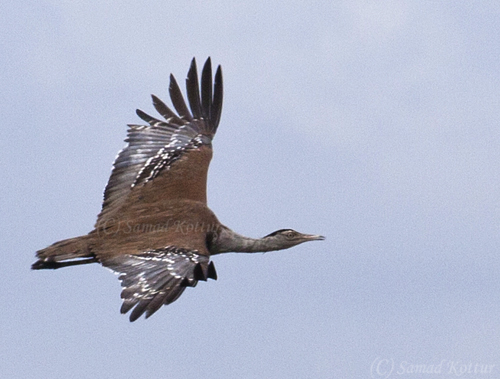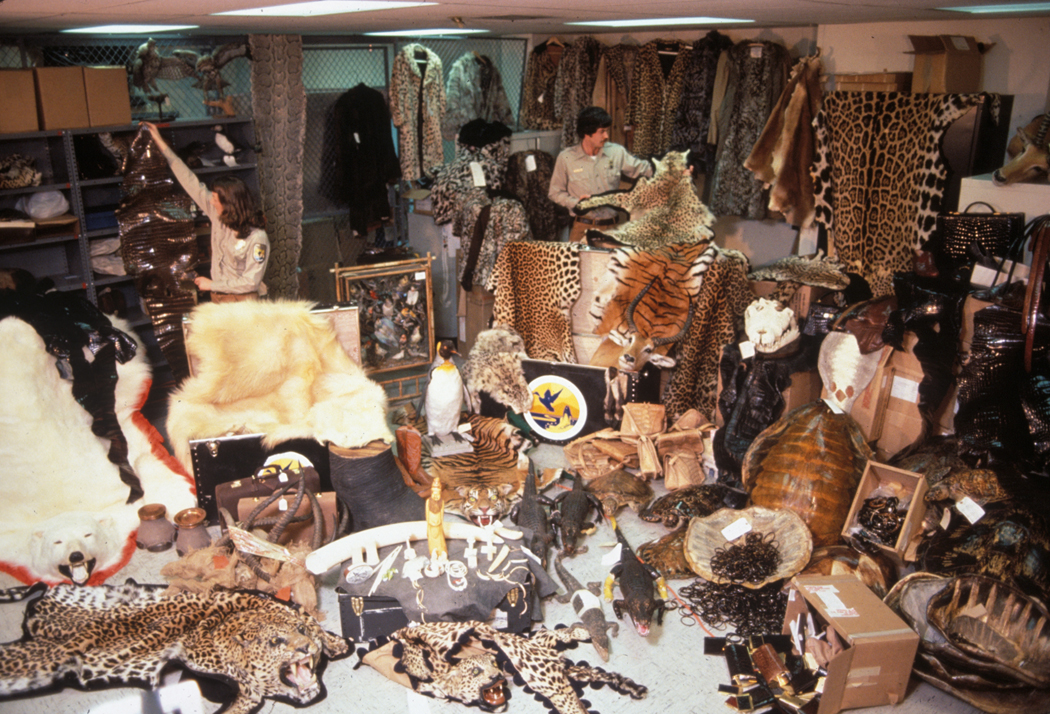 |
| A mother Bornean orangutan with baby |
The President of Indonesia, Joko Widodo, recently disclosed that the country's national capital will move to a newly built city on the island of Borneo. On Monday, President Widodo announced that the new capital would be near the city of Balikpapan, where roughly 800,000 people reside. It would be established partly in Penajam Paser Utara Regency and partly in Kutai Kertanegara Regency - both in East Kalimantan province. However, he did not reveal what the name of the new city would be. The new city will join Brasilia, Canberra, and Naypyitaw as planned capital cities, and construction is expected to commence in late 2020. The reason for this shift is because the current capital, Jakarta, is severely polluted, overcrowded, susceptible to flooding, congested by traffic, and is sinking by up to 10 centimeters per year in some places. President Widodo further added that Borneo has fewer natural disasters, it lies right in the center of the country and is located near developed cities like Balikpapan and Samarinda, has adequate infrastructure, and about 180,000 hectares of available government land. He also acknowledged that Jakarta will still be the center of finance, business, trade, and services at national and international level. However, much of Borneo is home to huge areas of forests and endangered species like orangutans and environmental groups will be dissatisfied that some of these forests will be cut down for the establishment of the new capital. They have already declined concerns about the impact the move will have on the environment and wildlife.
 |
| Map of Indonesia showing the locations of current capital and new capital |
Although I understand the reason for shifting Indonesia's capital, I'm also concerned about the impact of the development can have on the environment and wildlife of Borneo. This island is home to a wide variety of animals, including endangered species, such as Bornean orangutans, elephants, clouded leopards, and proboscis monkeys. Many of these animals have been and continue to be threatened by anthropogenic factors like deforestation, poaching, and wildlife smuggling. Generally speaking, the development of Indonesia's new capital would further affect the survival of the animals unless the approach is proceeded with care and caution. I strongly advise the government of Indonesia that if it intends to shift the country's capital to Borneo from Java, it should be done in an extremely delicate manner so that there is minimal effect on the environment and wildlife. It is highly crucial to consult with environmental and conservation groups, who can help identify which areas contain wildlife and wildlife corridors and which areas do not.
 |
| An old mosque lying outside a giant seawall used as a barrier to keep sea water from flooding the city. |
While the construction of the new capital is scheduled to begin until late 2020, I really think Indonesia should first focus on mitigating pollution in Jakarta. In recent months, the pollution has become so bad that the city has topped the list of most polluted cities in the world according to the AirVisual website. I also believe that Indonesia needs to tackle the flooding issue in Jakarta. The city is sinking fast because much of the population depends on bore water. In addition, increasing sea levels have placed the northern part of the city, which lies on Jakarta's bay, at higher risk of flooding. Experts at the Bandung Institute of Technology warned that as much as 95 % of north Jakarta could be under water by 2050. This is why it is highly essential to conduct strong, yet effective measurements to minimize the threat of flooding due to rising sea levels and keep the bore water in check.
View article here



.jpg)










.jpg/1920px-Myanmar_Illicit_Endangered_Wildlife_Market_04_(cropped).jpg)